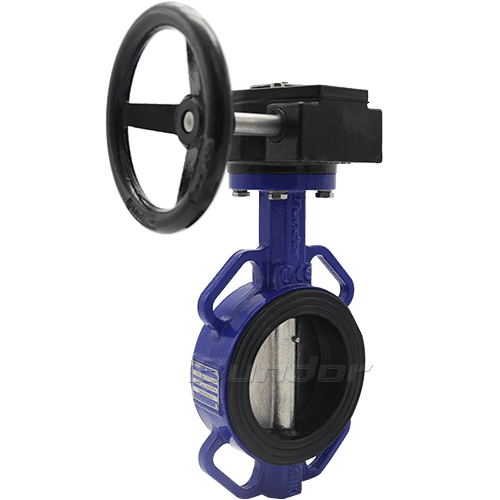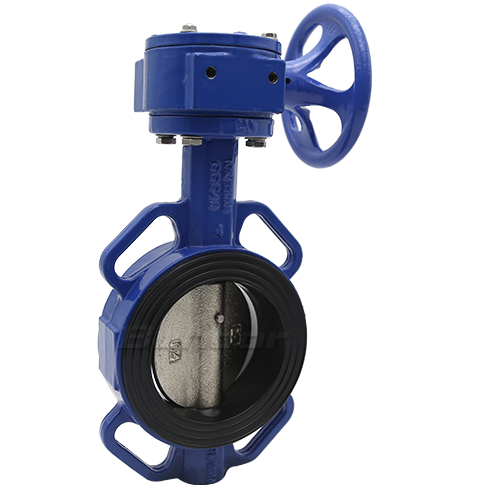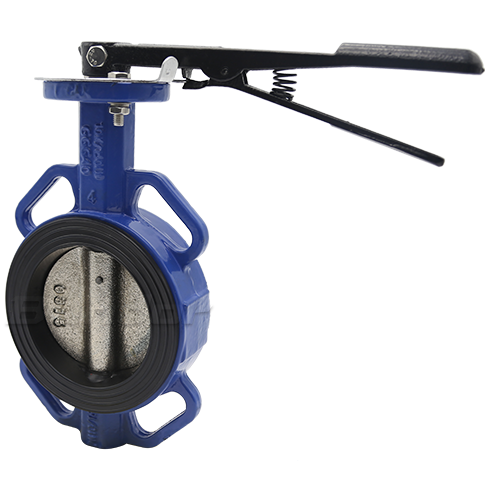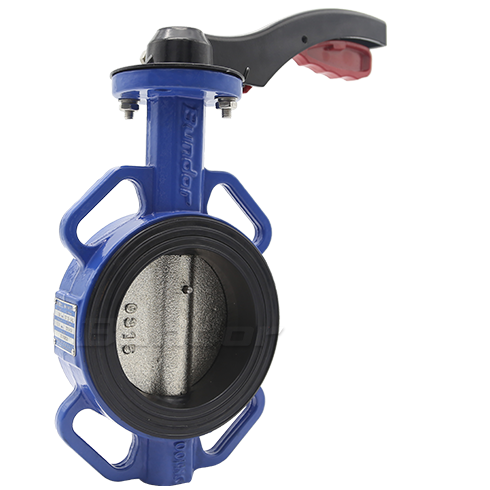1. When the situation is the main line for the transportation of oil and natural gas, the need to clean the pipeline, and the underground valve, the ball valve with full-pass and all-welded structure should be used. When it is necessary to bury it on the ground, select a ball valve that is fully welded or flanged. Flange-connected, welded-connected, full-bore or reduced-diameter ball valves are used when installed on branch pipes.
2. When installing on the delivery pipeline and storage equipment of the refined oil, use a flanged ball valve.
3. When installed on the pipeline of city gas and natural gas, use flanged and internal threaded floating ball valves.
4. In the oxygen pipeline system in the metallurgical system, a fixed ball valve that has undergone strict degreasing treatment and flange connection should be used.
5. For low temperature medium piping systems and devices, a low temperature ball valve with a bonnet should be used.
6. On the piping system of the catalytic cracking unit of the refining unit, we can use the lifting rod type ball valve.
7. In the chemical system, such as the acid and alkali corrosive medium device and piping system, it is preferable to use all-stainless steel ball valve made of austenitic stainless steel and PTFE as the seat seal.
8. Metal-to-metal sealed ball valves are available on the piping systems or devices of high-temperature media in metallurgical systems, power systems, petrochemical plants, and urban heating systems.
9. When flow adjustment is required, a worm-gear, pneumatic or electric adjustment ball valve with a V-shaped opening can be selected.








